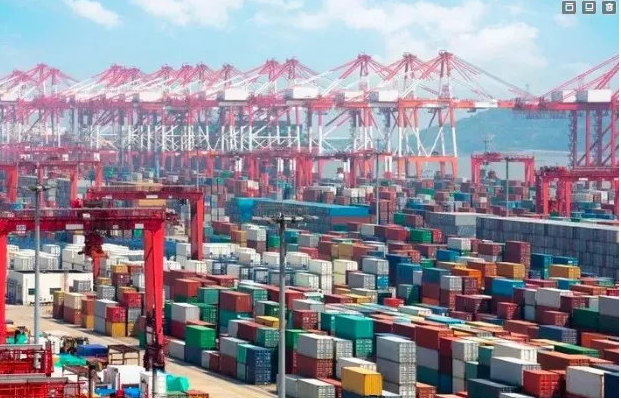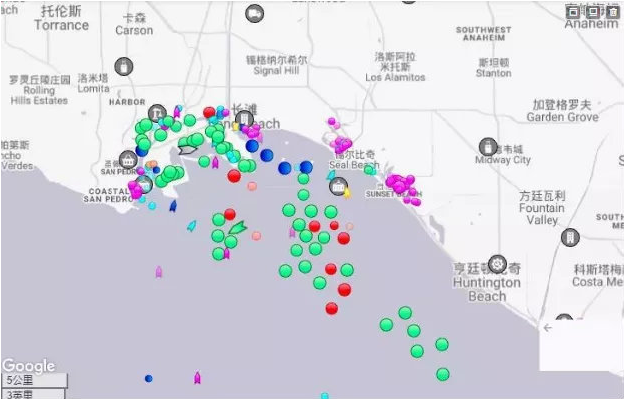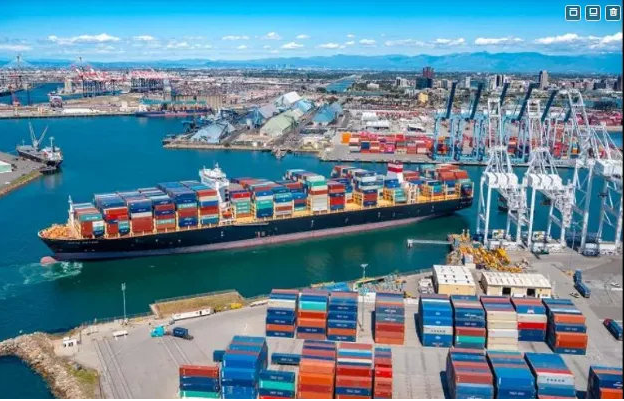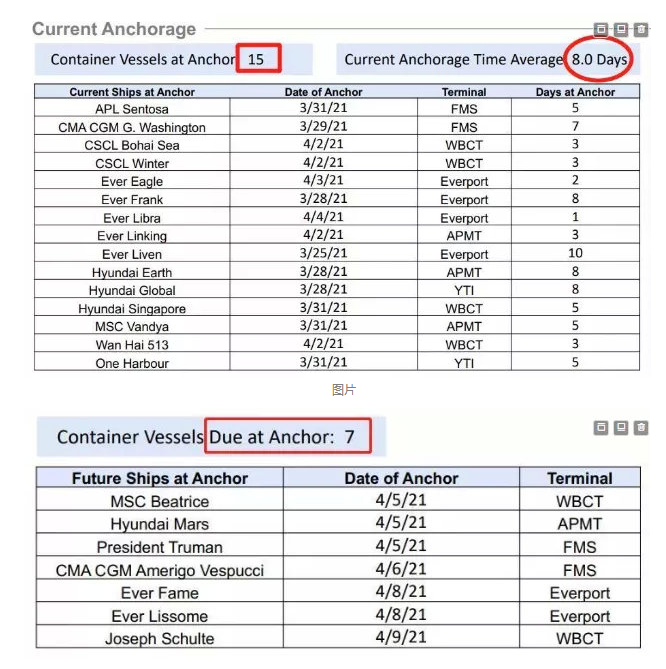Congestion in Southern California continues to increase, and the waiting time for ships has been extended to eight days! Soaring shipping costs intensify global inflationary pressures
The Port of Los Angeles-Long Beach is the largest gateway for the United States to import goods from China. At present, ship congestion in the port is still increasing. The waiting time for unloading containers has been extended to 8 days. Many container ships have been withdrawn from the market and reassembled to meet carbon emission reduction standards. , And social distancing restrictions and the occasional new crown virus among dockers have also slowed down the processing speed.
sea freight from china
The executive director of the Port of Los Angeles recently stated that the port’s focus is on vaccinating workers and speeding up the flow of goods. "Cleaning up the backlog of cargo and making Pacific trade more certain is of vital importance." Singapore's vessel, the world's busiest container transshipment port, is also experiencing congestion, and the reliability of shipping schedules is at the lowest level in 10 years.
The port authorities hope that with the arrival of summer, the congestion that has plagued container handling facilities on the west coast will be eased.
sea freight from china
But before August, there may be almost no time to fully resume normal port operations. Imports, which were already at a record level by then, will usher in the seasonal expansion that began before the winter holidays. At the same time, containers containing consumer goods, including foods and food ingredients produced or manufactured in Asian and Pacific countries, were delayed in their shipments to markets across the United States. U.S. agricultural exporters also complained that shipping companies were slow to load export goods. Refusal to load in order to speed up the shipment of empty containers back to Asia in order to obtain huge profits.
As of Sunday, a total of 28 container ships were anchored at anchorages waiting to enter the neighboring ports of Los Angeles and Long Beach. The number was 26 a week ago, but still below the peak of 40 in early February. Another 16 ships will arrive in the next three days, and 7 of them are expected to enter the anchorage and wait in line.
This week's cargo volume has increased by 20.39% compared with last week, and next week is expected to increase by 15.24% compared with this week. In the past two weeks, cargo volume has not decreased but increased, and the relief is still not optimistic!
According to data from the Port of Los Angeles on the 5th, the average berth waiting time climbed to 8 days, compared with 7.9 days a week ago. This is about three times the average delay in November last year. There are 15 ships at anchor, with an average anchoring time of 8.0 days. There are 7 ships waiting to be pre-anchored.
sea freight from china
The backlog of goods began to form in October last year. Due to the shortage of equipment and labor required to deal with the continuous import wave, it has been difficult to digest and clean up. March is usually one of the slowest months for the inflow of inbound commodities, but the influx of containers this year shows little sign of slowing down. This casts another shadow over the next peak season imports.
The increase in consumer spending has led to a surge in imports that overwhelmed the port, which is facing unprecedented congestion. According to data from the Port of Los Angeles, these ships carried millions of dollars worth of popular imported goods, including furniture, auto parts, clothing, electronics and plastic products. Due to the backlog of ships, the supply of these goods will be severely short in the United States.
Ships waiting outside the port can load tens of thousands of containers, which has exacerbated the global container shortage and caused shipping delays. Customers have noticed the impact of shipping delays. During the third-quarter earnings conference call in February, La-Z-Boy executives said that customers expect delivery dates to be five to nine months later than purchase dates. Due to congestion delays in California ports and global container shortages, commodities are becoming more and more difficult to obtain and produce, and companies are forced to compete for containers and delivery dates; customers may face price increases and limited choices.
Due to the double blow of the epidemic and the congestion of the Suez Canal, the long-term impact on trade and consumers is still difficult to predict, because no one knows exactly when the situation will ease or whether it will continue to deteriorate. As the Suez Canal is blocked, the backlog of orders will spread to the east coast of the United States.

sea freight from china



